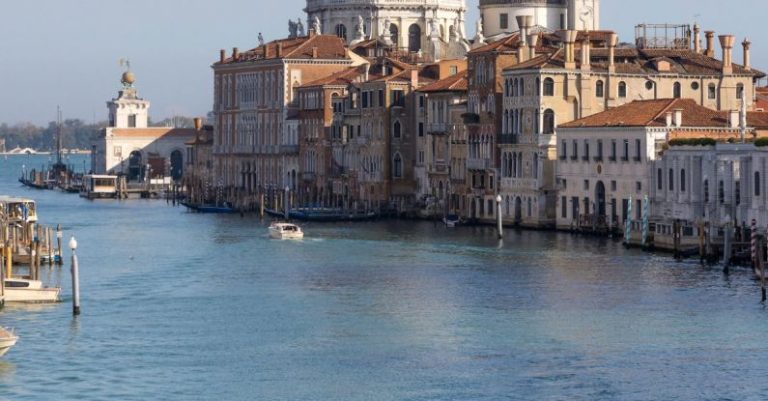Sustainable Composites: Redefining Eco-architecture
In the modern era, with a growing focus on environmental sustainability, the architecture and construction industries have been under increasing pressure to adopt eco-friendly practices. One of the key areas where significant progress has been made is in the use of sustainable composites in building design and construction. These innovative materials offer a range of benefits that make them an attractive choice for architects and builders looking to create environmentally-friendly structures that are both aesthetically pleasing and durable.
The Rise of Sustainable Composites in Architecture
Sustainable composites are materials that are made from a combination of two or more different components, each with unique properties. By blending these components together, manufacturers can create materials that offer the best characteristics of each individual component, resulting in a material that is stronger, lighter, and more durable than traditional building materials. This makes sustainable composites an ideal choice for use in architecture, where strength, durability, and sustainability are key considerations.
Benefits of Sustainable Composites in Eco-Architecture
There are several key benefits to using sustainable composites in eco-architecture. One of the most significant advantages is their environmental impact. Sustainable composites are typically made from recycled or renewable materials, making them a much more sustainable choice than traditional building materials. By using sustainable composites, architects and builders can reduce the carbon footprint of their projects and help to minimize waste and resource consumption.
In addition to their environmental benefits, sustainable composites also offer practical advantages for architects and builders. These materials are often lighter and easier to work with than traditional building materials, making them ideal for use in complex architectural designs. Sustainable composites are also highly durable and resistant to corrosion, making them a long-lasting choice for building projects.
Innovative Applications of Sustainable Composites in Architecture
Sustainable composites are being used in a wide range of innovative ways in architecture. One exciting application is in the construction of sustainable modular buildings. By using sustainable composites, architects and builders can create modular structures that are both environmentally friendly and highly adaptable. These buildings can be easily assembled and disassembled, allowing for greater flexibility in design and construction.
Sustainable composites are also being used in the construction of sustainable facades and cladding systems. These materials offer architects a wide range of design possibilities, allowing for the creation of visually striking and energy-efficient building exteriors. Sustainable composites can be customized to create unique textures and patterns, giving architects the freedom to create truly one-of-a-kind designs.
The Future of Eco-Architecture with Sustainable Composites
As the demand for sustainable building materials continues to grow, the future of eco-architecture looks bright with the use of sustainable composites. These innovative materials offer architects and builders a versatile and sustainable alternative to traditional building materials, allowing for the creation of environmentally-friendly structures that are both beautiful and functional. By embracing sustainable composites, architects can help to create a more sustainable future for the built environment, one that prioritizes environmental responsibility and innovation.
In conclusion, sustainable composites are redefining eco-architecture by offering a sustainable, durable, and aesthetically pleasing alternative to traditional building materials. With their environmental benefits, practical advantages, and innovative applications, sustainable composites are shaping the future of architecture and construction. Architects and builders who embrace these materials are not only creating sustainable structures but also contributing to a more environmentally responsible built environment for future generations.






